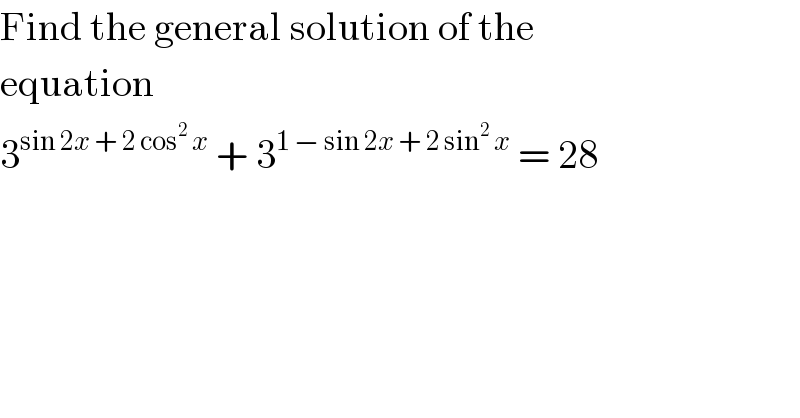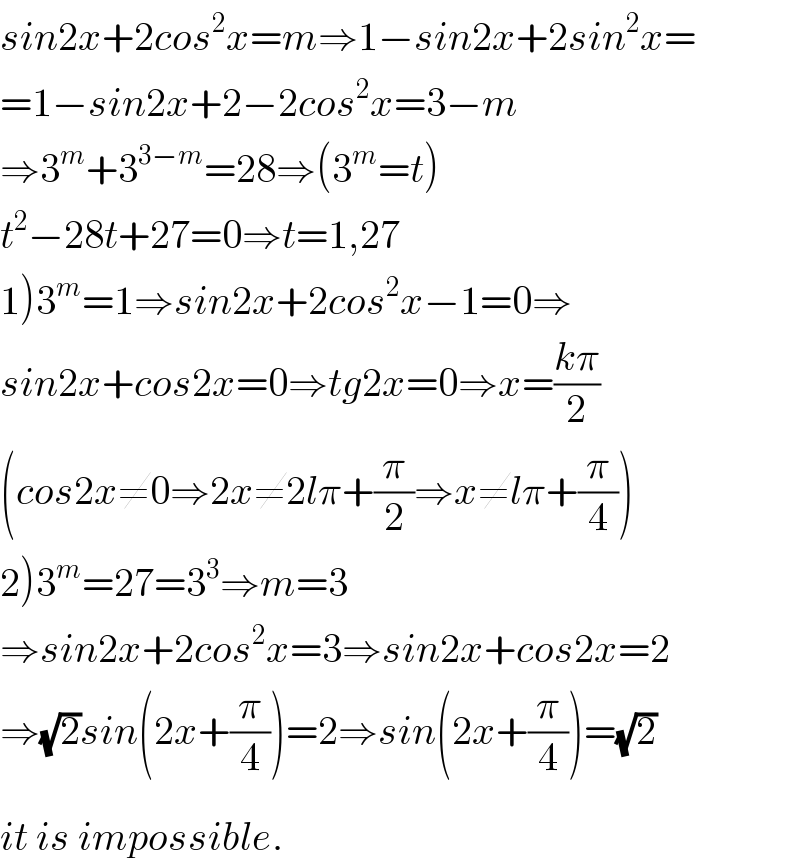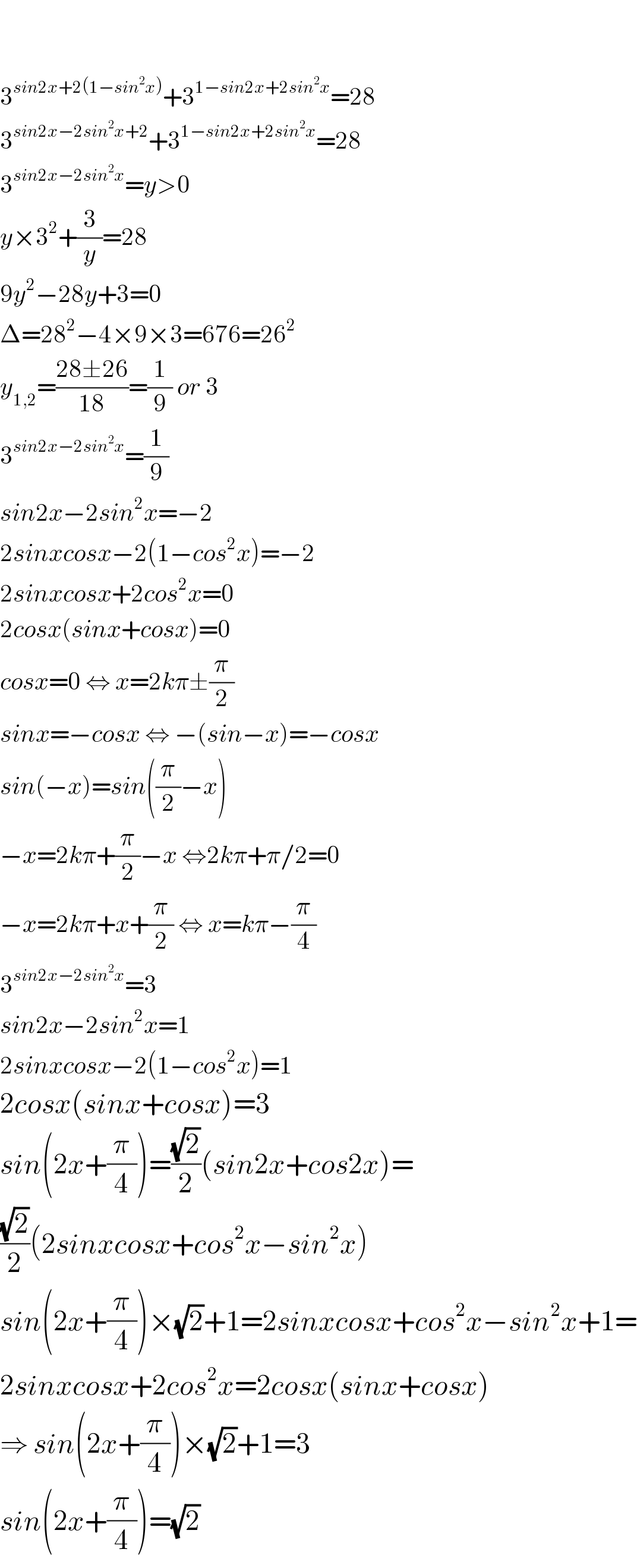
Question and Answers Forum
Question Number 14632 by Tinkutara last updated on 03/Jun/17

Answered by b.e.h.i.8.3.4.1.7@gmail.com last updated on 03/Jun/17

Commented by Tinkutara last updated on 04/Jun/17

Answered by 433 last updated on 03/Jun/17

| ||
Question and Answers Forum | ||
Question Number 14632 by Tinkutara last updated on 03/Jun/17 | ||
 | ||
Answered by b.e.h.i.8.3.4.1.7@gmail.com last updated on 03/Jun/17 | ||
 | ||
| ||
Commented by Tinkutara last updated on 04/Jun/17 | ||
 | ||
Answered by 433 last updated on 03/Jun/17 | ||
 | ||
| ||